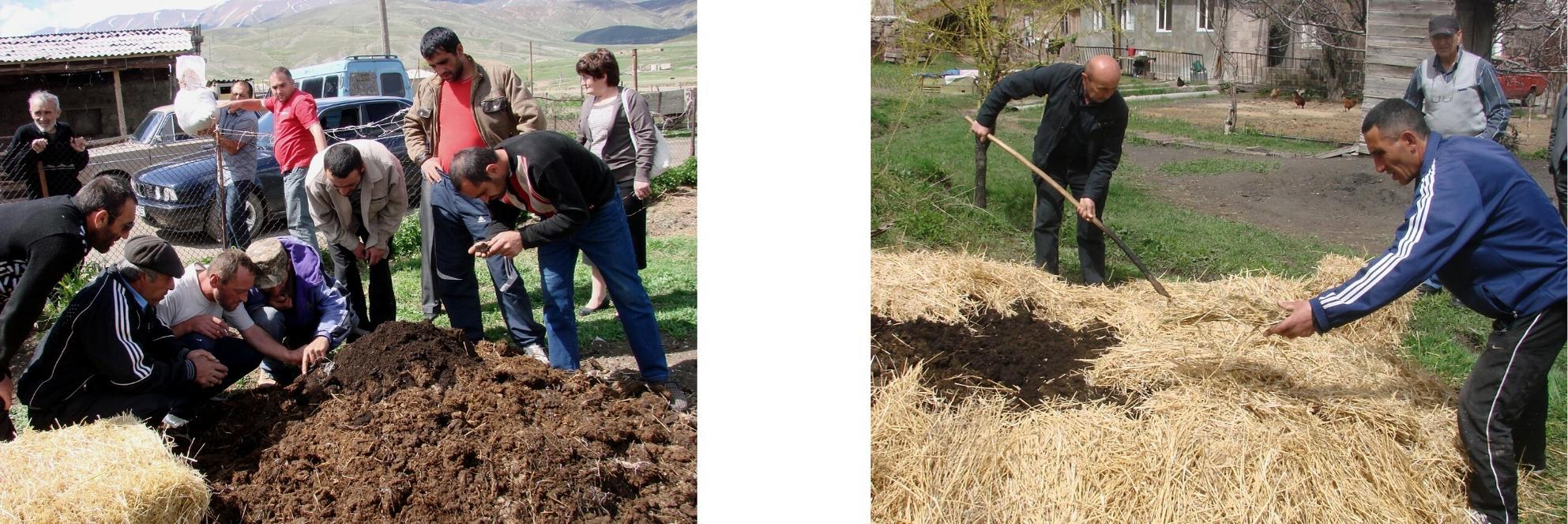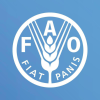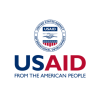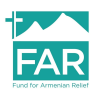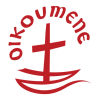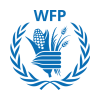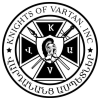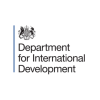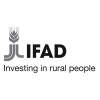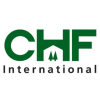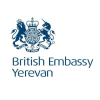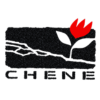Agroforestry

Agroforestry is a land management concept, which deliberately integrates perennial woody vegetation into crop and/or animal production systems and therefore combines the positive effects that growing trees have on soils, site water relations and biodiversity with sustainable agricultural activities. It offers opportunities to generate an income from the cultivation of annual crops or fodder plants from the very year of establishment. Income generation opportunities keep increasing, once the woody components of the agroforestry systems become productive as well, while also contributing to both climate adaptation and mitigation.
"Shen" NGO started the first agroforestry project ever implemented in Armenia in Shenavan, Lori, in 2024. here we supports an agroforestry initiative group (AIG) of villagers, who collaboratively establish and manage the agroforestry plot of 7 ha on community lands.
Forest Alliance of Armenia
"Armenia Tree Project," "My Forest Armenia," and "Shen" NGO have the great pleasure of announcing the creation of the Forest Alliance of Armenia.

Our three organizations, active in reforestation and afforestation in Armenia, have decided to unite to advocate for the protection and restoration of forest ecosystems and to support the increase of forest cover in Armenia. Through the Alliance, we aim to speak with one voice to government officials and public policymakers, as well as to raise awareness among the general public about the importance of forests, the dangers they are facing, the possible solutions for forest conservation, and the necessity to increase forest cover.
Forest ecosystems provide a multitude of benefits to humans in terms of climate regulation, water supply, erosion control, biodiversity, clean air, carbon sequestration, etc. At the same time, forests face huge pressures, both anthropogenic and climate-driven.
Armenia, as a forest poor country, is suffering from its lack of forest cover, showing high soil erosion rates and negatively impacted local hydrology. With the climate crisis and the increasingly more extreme weather events, these effects become stronger, and the impact of the lack of forested areas becomes more important. At the same time, suitable areas for reforestation are sparse due to the country's high elevation and the mostly very harsh and dry conditions.
The priorities of the Forest Alliance of Armenia are:
Designation of new lands for afforestation;
Conservation and restoration of natural forests;
Sustainable management and protection of planted forests from the soviet era;
Put a stop to the indiscriminate burning of grasslands that negatively affects natural regeneration and biodiversity.
In order to achieve its objectives and realize its mission, the Alliance will:
Organize regular roundtables with public authorities and other stakeholders concerned with forests, such as universities, NGOs, international organizations, etc., in order to discuss and provide concrete results on various subjects.
Organize appropriate working groups with public authorities to ensure practical follow-up.
Raise public awareness of the importance of forests and trees in general via different communication methods, such as media, social media, exhibitions, seminars, etc.
The Alliance is open and welcomes any new reforestation and afforestation organisations that are active in Armenia in accordance with its by-laws. The Forest Alliance of Armenia is looking forward to helping achieve a large-scale and lasting impact on the forests of Armenia.
Reforestation
The energy crisis of Armenia's first years of independence had quite a negative impact on the environment, particularly the forests. At that time, both rural and urban populations predominantly used to burn wood from forests. Although at the turn of the century and after that, the relaunch of natural gas supply curbed the use of firewood from forests, the total area under the forests shrunk significantly, currently reaching 8-9% of the country's territory.
In 2006, we produced "Armenian Forests" documentary film on the critical condition of the forests, which was broadcasted by the first national TV channel.

Reforestation – planting trees on a large scale and ensuring their survival is one of the main directions to solve the problem mentioned above. Therefore, we took responsibility for filling that gap within our humble capabilities. In 2006, we established a nursery of forest and ornamental trees near the Jraber community, Kotayk Marz, in a 3 ha area. We give produced saplings free to state forestry agencies, environmental NGOs, and rural communities for reforestation. In 2008 in the 8 ha area Hrazdan branch of "Hayantar" SNPO planted an oak forest using the saplings from our nursery. Since 2010 we have donated forest and ornamental trees from our nursery to villages in Kotayk, Aragatsotn, and Gegharkunik marzes.

Starting in 2017, with the support of the Audemars Puigets Foundation, we launched our first reforestation project. We have planted multicultural forests with a total area of 10 ha in Ttujur and 11 ha in Chambarak communities and continue planting so far.

Moreover, with the support of A Tree For You, we started a new project planting a 5 ha multicultural forest in the lands of Dzoraglukh village of Aragatsotn Marz. The project's first phase was completed in 2021 with 10.400 trees planted on the 2 ha of the 5 ha mentioned above. We planted saplings of oak, pine, high mountain maple, birch, oriental apple, and Caucasian pear on the previously prepared soil. Considering that shrubs are very important for the forest's biodiversity, we have also planted yellow acacia and cranberry bushes. There are still two phases ahead, at the end of which Dzoraglukh will have a 5 ha forest with 26.000 trees planted.

Environmental education
During the first years of Armenia's independence, the country's population, because of the harsh economic situation, put heavy pressure on nature. Unfortunately, the overall attitude did not change with the country's development. Therefore, we took over, bringing changes in the field. We started with education putting particular emphasis on the younger generation. The ultimate goal was to allow sustainable development to the rural community population by involving them in organic agriculture and promoting environmental consciousness by promoting green public areas.
In 2010 we developed a textbook, "Environment and Ecology," for secondary schools. The Ministry of Education and Science of RA recommended it as an extracurricular textbook for secondary school students. The demand for the textbook was so high that it was published twice. So far, 6,000 copies have been distributed in rural school libraries.

We contributed to tackling the issue by implementing some other projects in this field. Thus, in 2002 we produced "Armenian Forests," a documentary film on the critical condition of the forests, which was broadcasted by the first national TV channel.
Green Communities
One of the objectives of the Green Communities project is to plant trees on the roadsides, in the nearby areas of schools, kindergartens, and community and art centres. According to the contracts signed with the communities, the village municipalities and Community Action Groups are obliged to protect and maintain the trees. We follow up on the progress of that project through our regional offices.
In 2006 we launched a new initiative to support the beneficiary communities to become clean and green. Since 2010 within the framework of the Green Communities project, we have donated forest and ornamental trees from our nursery to about 40 villages in Kotayk, Aragatsotn, and Gegharkunik marzes. As the annual monitorings show, most of the trees are properly taken care of, thus making the communities beautiful.
In 2010 the Yalkezian Foundation started to take part in these endeavours. With the support of the Foundation, we annually provide over 1,000 trees to our beneficiary villages all over the country. All involved communities carry out the necessary construction and renovation of irrigation networks.

The second objective of the Green Communities project is to facilitate the cleaning of the villages and further the organization of sustainable garbage removal. We recorded the first success in Berdavan, Tavush marz, and Pambak, Gegharkunik marz, where the decrees of respective municipalities organised landfills. The landfills were established with the direct involvement of CAGs, schoolchildren, and community members. The goal was to reach sustainability through providing paid (done by the residents) services. Today more than 40 villages organise and regularly implement garbage removal from their communities.
A complementary activity of this project was introducing biohumus production, which, besides its direct benefits, has a side effect of keeping the village roads clean. In 12 communities where people are engaged in animal husbandry, our organic agriculture extension group organized training on the production of humus. It provided the interested community members with the necessary amount of Californian red worms. After six months, our monitoring group found that some farmers started to fertilize their apple orchards, and the number of biohumus piles grew. We will replicate the success of the project in other regions of Armenia.
